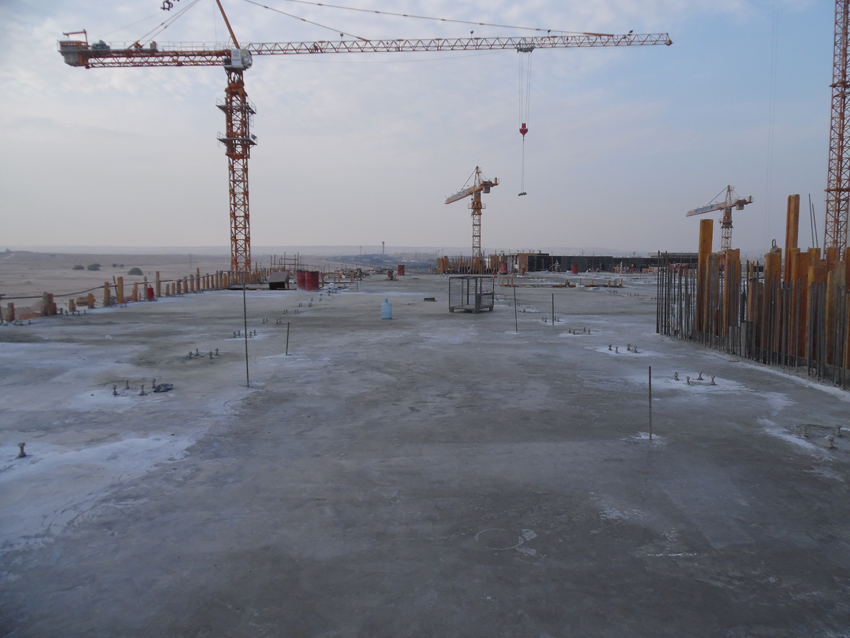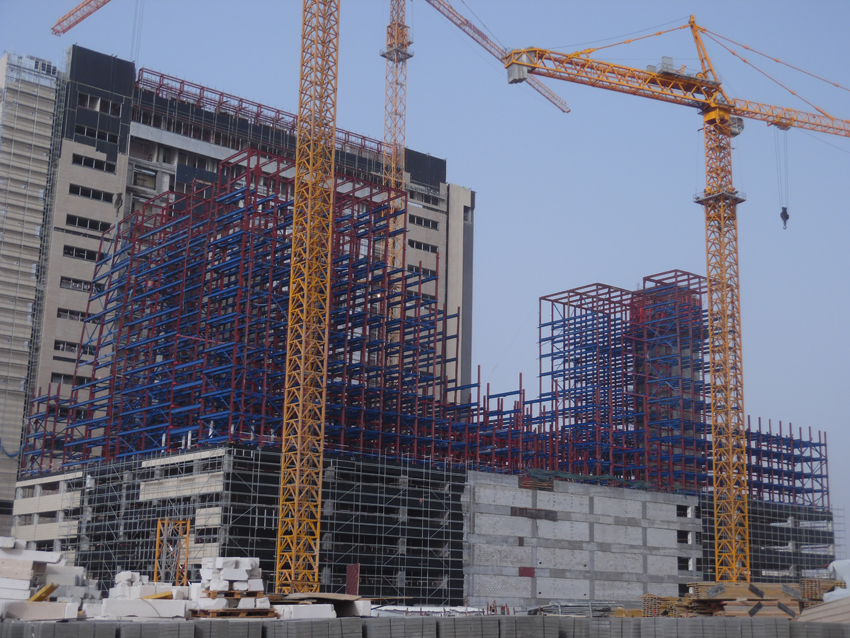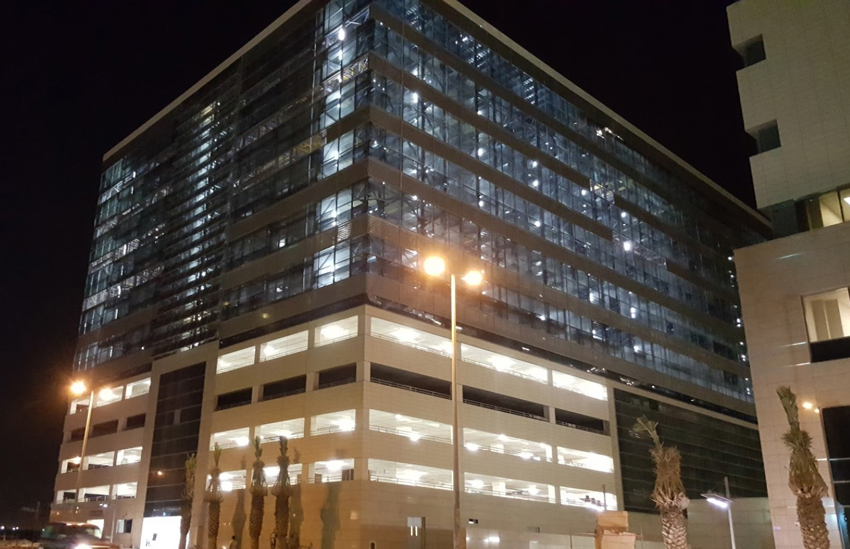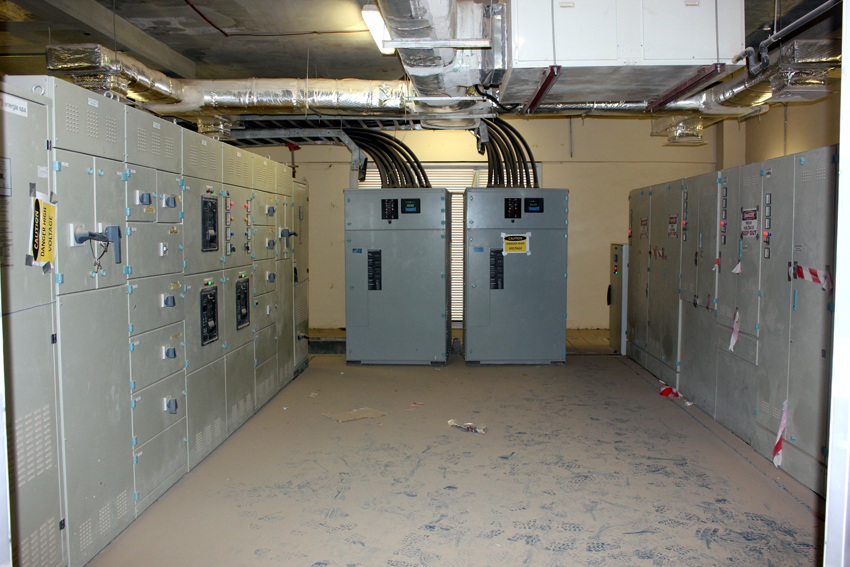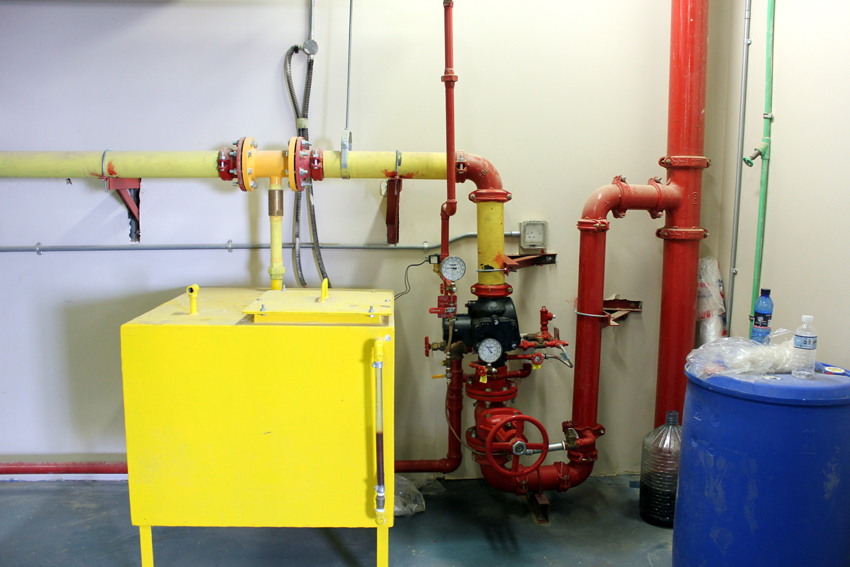What Is in the Contract?
Insurance
The APS supplier, using the example of the case study presented here, should offer these insurance protections:
- Factory general liability insurance for a period of one year covering bodily injury and property damage (could include a combined single limit of $1 million and an aggregate of $2 million)
- Workers’ compensation insurance according to the laws of the state that the supplier is in.
- Professional indemnity insurance covering the design responsibilities for an amount of $1 million each occurrence and $2 million aggregate
However, the supplier and the project should be covered on-site under the owner’s general liability or umbrella insurance covering bodily injury and property damage.
Software License and Escrow
All APSs require software to operate. Many contract agreements do not include a clause by which the owner has a recourse in case the system supplier defaults on its obligations, effectively rendering the system compromised or, even worse, useless. The solution for this is to enter into a software licensing agreement combined with an escrow agreement in which the source code is put into safekeeping of a third-party escrow agent. The code would then be released to the owner upon manufacturer’s default. This then provides a remedy for the owner in case of supplier default. The same applies principally also to all other components of the APS.
Patent Coverage
It is desirable for the owner to ensure that the supplier has the rights for the technology applied for the project. This prevents possible stops through patent-infringement processes.
Performance Bonds
In the construction industry, it is common to request performance bonds to secure the contracted work being performed per contract. However, bonding companies do not generally cover, for example, elevators or HVAC systems. These mechanisms are typically built in a factory and merely installed on-site. This applies also to APSs if the building portion is excluded (which in itself can fall into the typical construction industry performance bond requirements).
Therefore, another method of securing the owner’s down payment and progress payments needs to be established. In the case study project and other projects by the same supplier, a method was found that satisfied the owner’s requirements by introducing the following procedures.
First and foremost, the owner investigated the past performance of the supplier and was satisfied with it.
Next, because substantial majority work was to be performed in the factory, the contract was split into a delivery portion and an installation portion. For the delivery contract, a substantial down payment was agreed upon because about 80 percent of the elements needed for fabrication must be ordered at issuance of the delivery contract in order to comply with scheduled product delivery. This down payment was secured by a company guarantee in the same amount.
Then, when the machines were completed for a factory acceptance test (FAT), the owner was invited to witness the production completion. Upon a successful FAT, the remaining portion of the delivery contract was paid, and goods were shipped to the site.
The installation contract was oriented to on-site progress with a retainer of 5 percent—half of it to be released upon issuance of substantial completion certificate and the other half after completion of the defects liability period. The completion of installation and startup operation was concluded with the site acceptance test (SAT), with its main part being the performance certification of the system’s peak traffic capacity through an accredited third party.
Following the successful SAT, the “substantial completion certificate” was issued, which then entered the one-year defects liability period.





